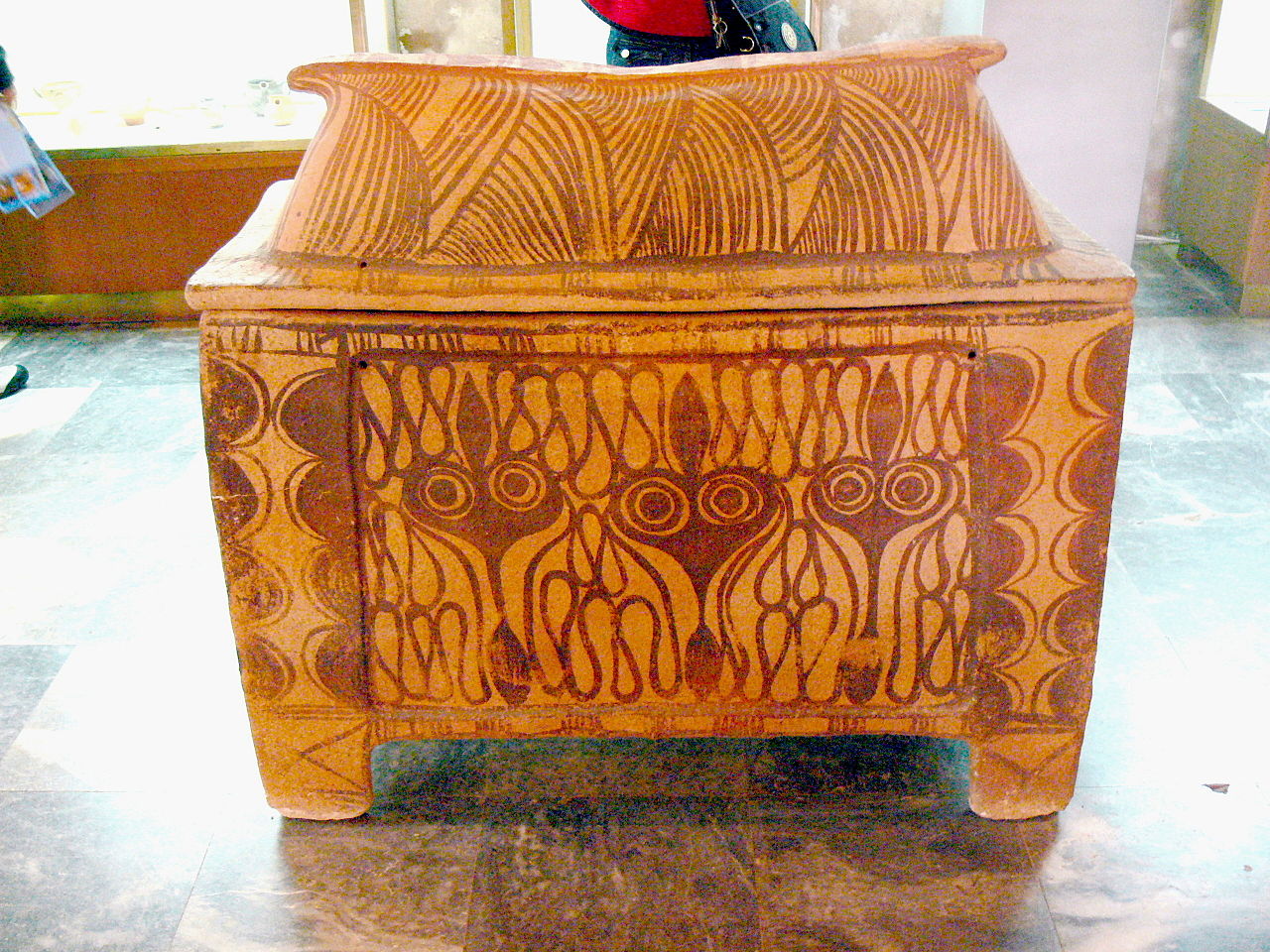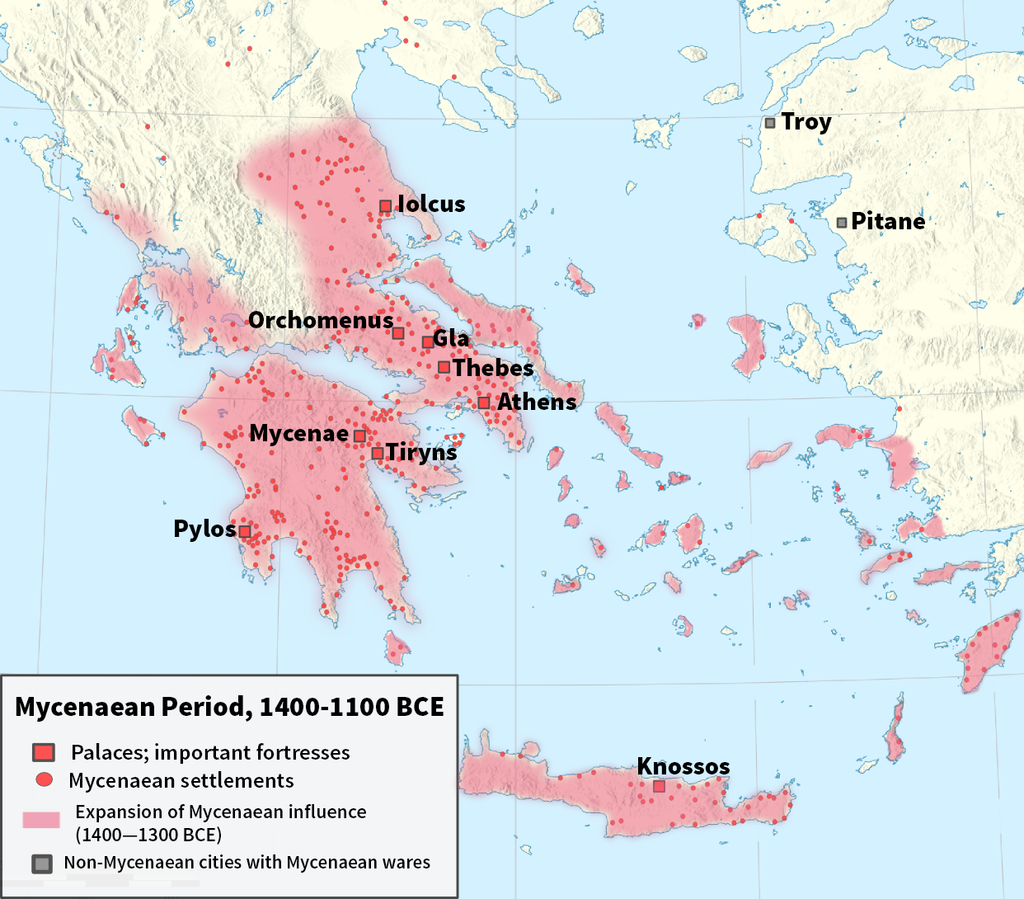Birth
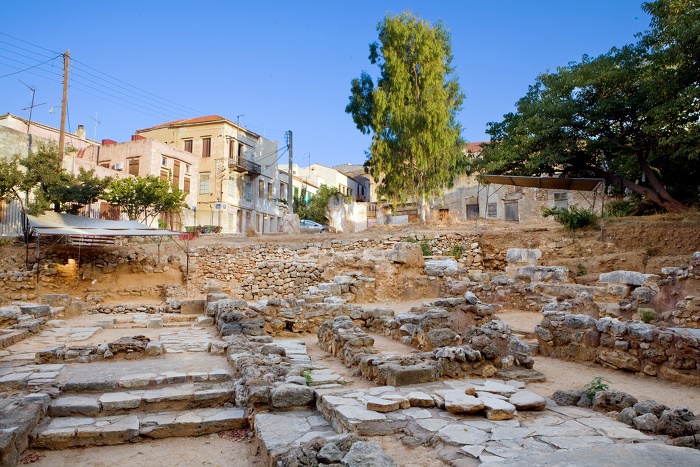

The history of the city of Chania starts from the Neolithic era according to the archaeological evidence of the 3rd & 2nd millennium BC, mainly ceramics that have been found on the hill of Kasteli (east of the city’s old port). The first permanent settlement on Kasteli Hill was established by a Minoan prince named Kydon, son of Hermes (according to the legend–or Apollo according to others) & Akakalida, daughter of King Minos (after whom the ancient Cretan civilization was named), according to ancient Cretan traditions.

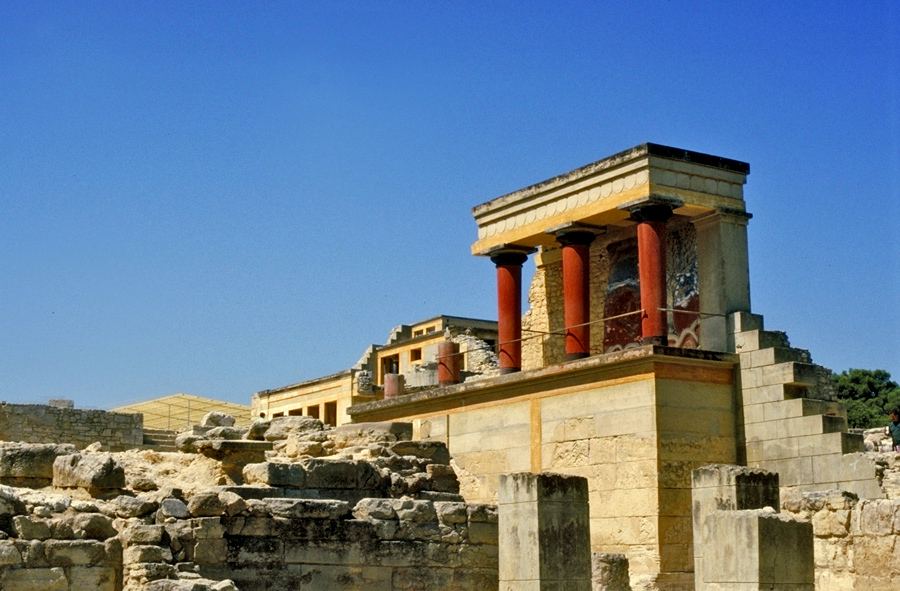
The settlement of Kydonia quickly evolved into an important commercial center with close relations with the nearby island of Kythira. In 1450 BC the settlement on the hill of Kasteli is destroyed by a big fire, with several inscriptions from clay that were burned in the fire and surviving to this day, referring to the existence of a palace in the wider region.
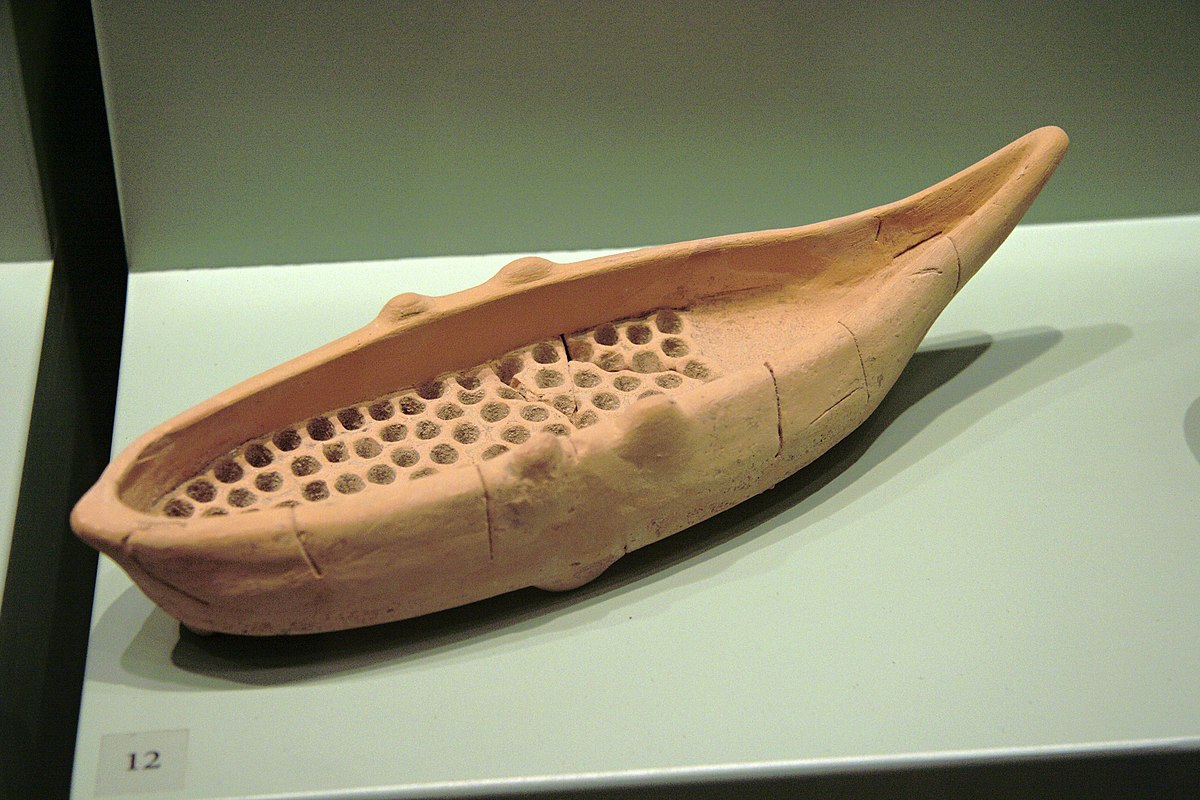
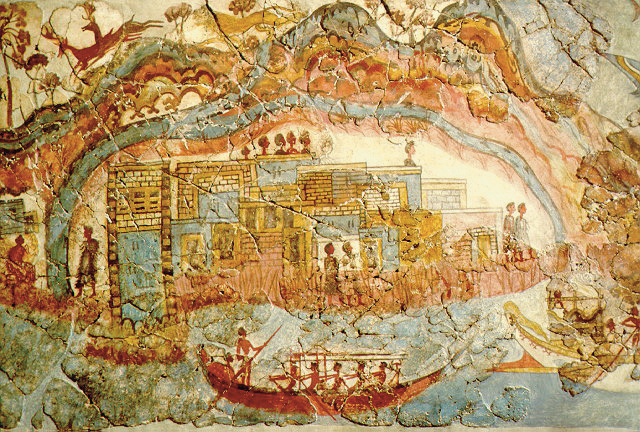
The city was rebuilt after the fire and as we can conclude from the size of the necropolis, the tombs & the stoneware of that time it flourished despite the decline of the Minoan civilization and its subjugation to the Greek tribe of the Mycenaeans around 1400 BC. Today it is widely believed that the downfall of the Minoan civilization was the outcome of one of largest volcanic eruptions in history which took place sometime between (1550–1500 BC) in the Island of Santorini, about 100 km north of Crete, causing a massive tsunami and the destruction of several coastal settlements among other things.
